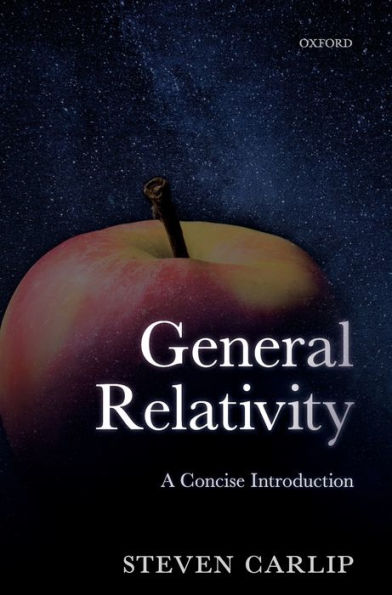General Relativity: A Concise Introduction
Einstein's general theory of relativity — currently our best theory of gravity — is important not only to specialists, but to a much wider group of physicists. This short textbook on general relativity and gravitation offers students glimpses of the vast landscape of science connected to general relativity. It incorporates some of the latest research in the field. The book is aimed at readers with a broad range of interests in physics, from cosmology, to gravitational radiation, to high energy physics, to condensed matter theory. The pedagogical approach is "physics first": readers move very quickly to the calculation of observational predictions, and only return to the mathematical foundations after the physics is established. In addition to the "standard" topics covered by most introductory textbooks, it contains short introductions to more advanced topics: for instance, why field equations are second order, how to treat gravitational energy, and what is required for a Hamiltonian formulation of general relativity. A concluding chapter discusses directions for further study, from mathematical relativity, to experimental tests, to quantum gravity.
This is an introductory text, but it has also been written as a jumping-off point for readers who plan to study more specialized topics.
1132558505
This is an introductory text, but it has also been written as a jumping-off point for readers who plan to study more specialized topics.
General Relativity: A Concise Introduction
Einstein's general theory of relativity — currently our best theory of gravity — is important not only to specialists, but to a much wider group of physicists. This short textbook on general relativity and gravitation offers students glimpses of the vast landscape of science connected to general relativity. It incorporates some of the latest research in the field. The book is aimed at readers with a broad range of interests in physics, from cosmology, to gravitational radiation, to high energy physics, to condensed matter theory. The pedagogical approach is "physics first": readers move very quickly to the calculation of observational predictions, and only return to the mathematical foundations after the physics is established. In addition to the "standard" topics covered by most introductory textbooks, it contains short introductions to more advanced topics: for instance, why field equations are second order, how to treat gravitational energy, and what is required for a Hamiltonian formulation of general relativity. A concluding chapter discusses directions for further study, from mathematical relativity, to experimental tests, to quantum gravity.
This is an introductory text, but it has also been written as a jumping-off point for readers who plan to study more specialized topics.
This is an introductory text, but it has also been written as a jumping-off point for readers who plan to study more specialized topics.
72.0
Out Of Stock
5
1

General Relativity: A Concise Introduction
154
General Relativity: A Concise Introduction
154Hardcover(Concise)
$72.00
Related collections and offers
72.0
Out Of Stock

Product Details
| ISBN-13: | 9780198822158 |
|---|---|
| Publisher: | Oxford University Press |
| Publication date: | 03/30/2019 |
| Edition description: | Concise |
| Pages: | 154 |
| Product dimensions: | 6.70(w) x 9.80(h) x 0.50(d) |
About the Author
From the B&N Reads Blog
